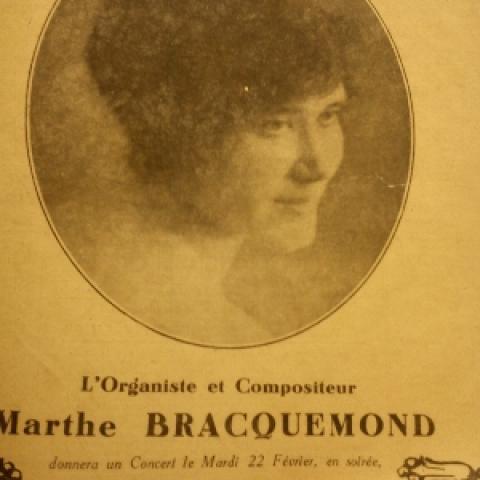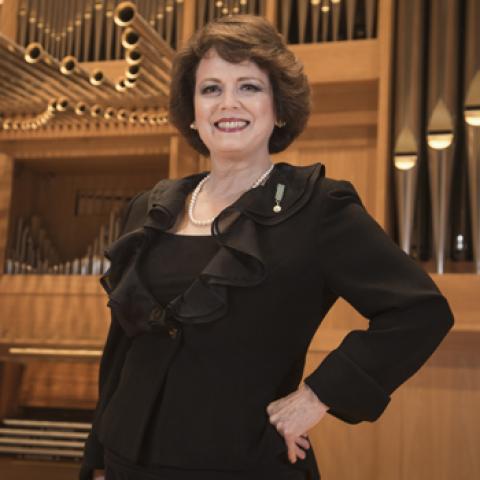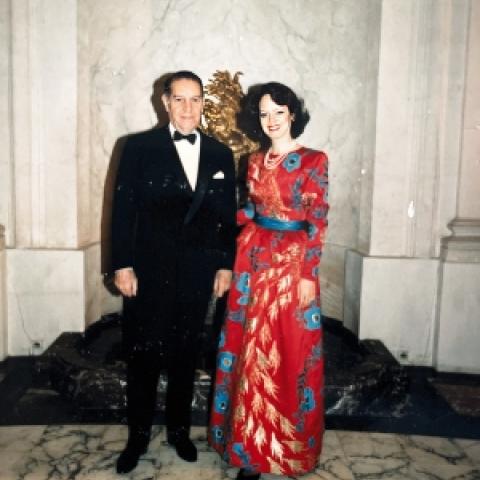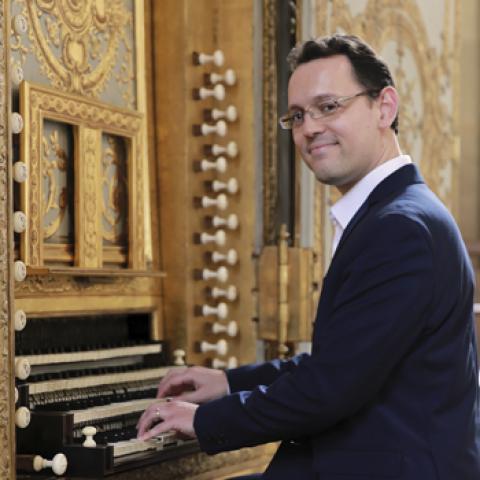
Jennifer Lucy Bate, 75, born in London, UK, November 11, 1944, died March 25. She was the daughter of H. A. Bate, organist of St James’s Muswell Hill from 1924 to 1978. An international concert organist, she was considered an authority on the organ music of Olivier Messiaen, having befriended him within the last twenty years of his life as his organist of choice. In 1986, she gave the first British performance of his Livre du Saint-Sacrement at Westminster Cathedral and later made the world premiere recording of the work under the personal supervision of the composer, winning the Grand Prix du Disque. He also endorsed her earlier recordings of all of his other organ works. Bate owned scores that contain many personal markings and references made by Messiaen. In 1995, Bate opened the Messiaen Festival at l’Église de la Sainte Trinité, Paris, France, where his complete organ works were performed and recorded. Among numerous awards for her CD were the Diapason d’Or (France) and Preis der Deutschen Schallplattenkritik (Germany).
Bate performed and recorded a broad repertoire spanning several centuries, including English organ music, the complete organ works of César Franck, and the complete organ music of Felix Mendelssohn. A frequent performer at organ festivals, she often played works written for her. She also presented numerous masterclasses and lectures. She was instrumental in the formation of the annual Jennifer Bate Organ Academy, a course for young female organists, and she was the lead patron of the Society of Women Organists.
Bate was briefly married (as his second wife) to George Thalben-Ball. She received an honorary doctorate from the University of Bristol in 2007. In 1990, Bate was recognized with the Personnalité de l’Année award by the French-based jury, only the third British artist to achieve this distinction, after Georg Solti and Yehudi Menuhin. In 1996, Bate was granted honorary citizenship of the Italian province of Alessandria for her services to music in Northern Italy over 20 years. In 2002, she was elected a Fellow of the Royal Society of Arts, and in 2008 was appointed Officer of the Order of the British Empire.
In 2011, M. Frédéric Mitterand, minister of culture and communication, awarded Jennifer Bate the rank of Officier de l’ordre des Arts et des Lettres, stating that this honor is awarded to renowned artists and writers who have promoted French culture throughout the world. Subsequently, President Sarkozy appointed Jennifer Bate to the rank of Chevalier in the Ordre National de la Légion d’Honneur, stating that this honor was awarded in recognition of her skill as an organist and her contribution to making Olivier Messiaen’s organ works more widely known throughout the world. She received both awards in 2012.







